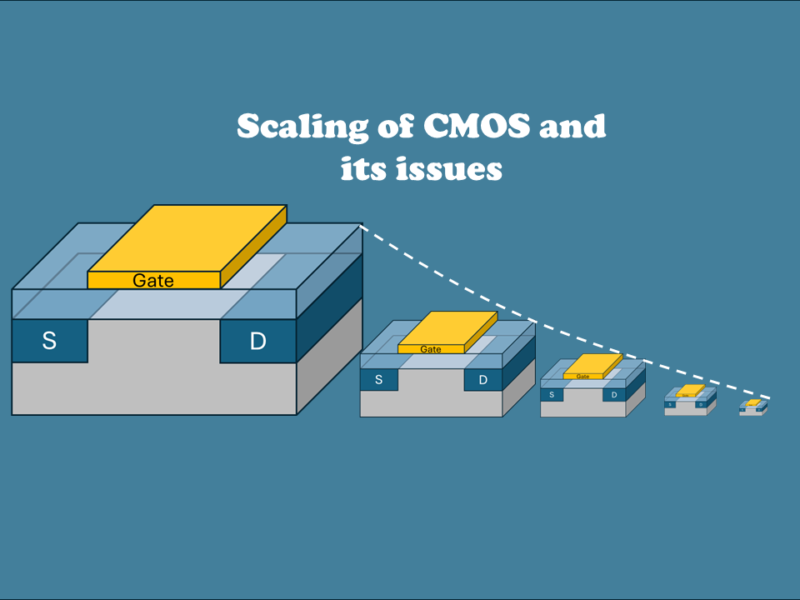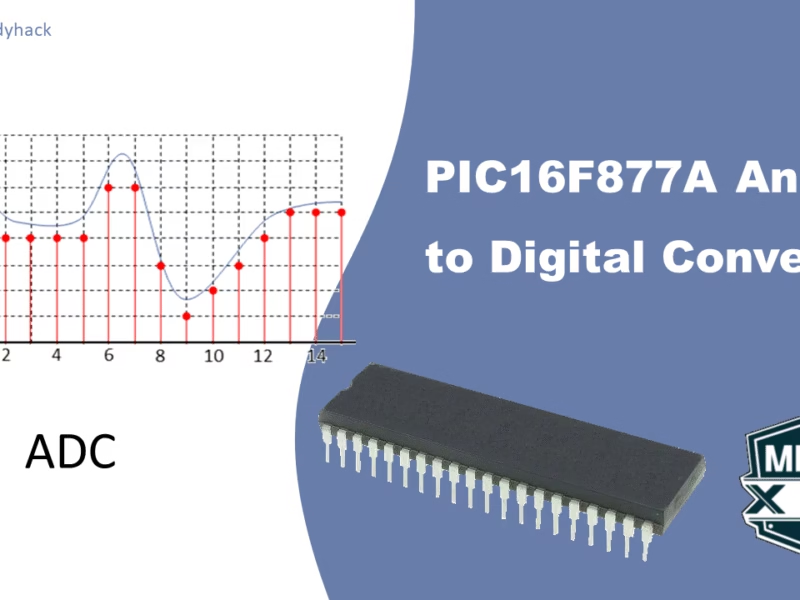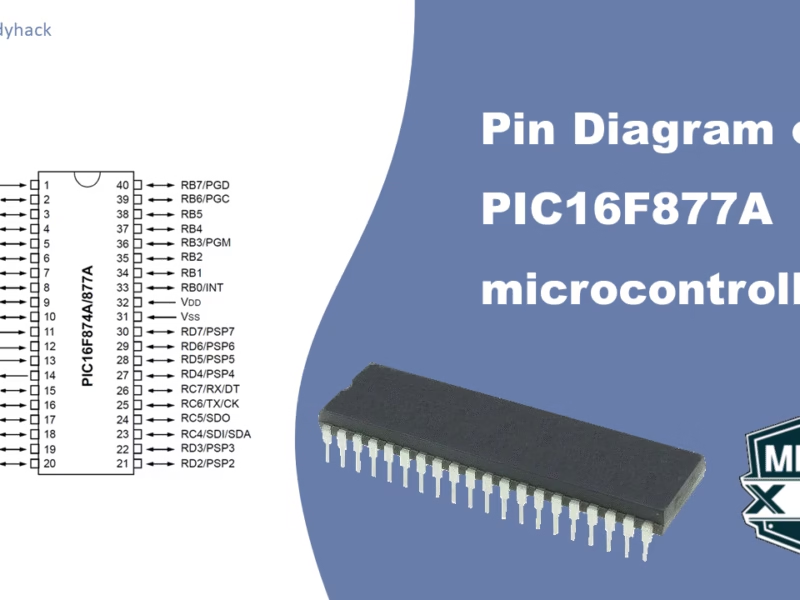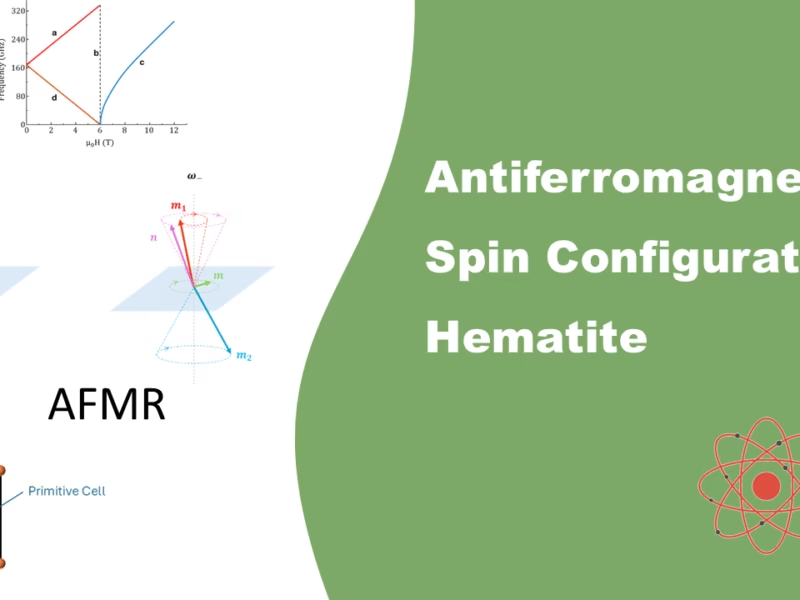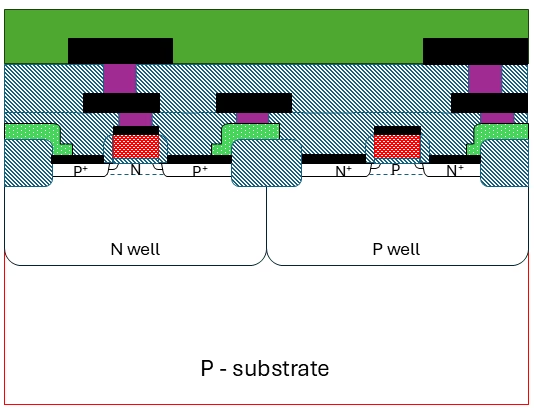Table of Contents
Introduction: IGBT vs MOSFET Basics
Choosing the correct power transistor is crucial in any power electronics design, whether you’re building an inverter, motor driver, or DC-DC converter. The two most popular options are the Insulated Gate Bipolar Transistor (IGBT) and the Metal-Oxide-Semiconductor Field-Effect Transistor (MOSFET). Although both devices serve similar purposes—controlling large currents and voltages—their internal structures, electrical characteristics, and optimal operating conditions differ significantly. Many engineers and hobbyists face confusion when selecting between them due to scattered information and overly technical explanations available online. This article aims to provide clear, and practical guidelines to confidently choose the right device for your specific application.
When to Use a MOSFET or an IGBT
The decision to use a MOSFET or an IGBT in a power electronic design primarily depends on the voltage, current, and switching frequency involved. While both are fast-switching, high-efficiency transistors, their internal structures and performance trade-offs make them suitable for different operating regions.
| Criteria | MOSFET | IGBT |
|---|---|---|
| Voltage Range | Low-voltage (< 250–400 V) | High-voltage (> 400 V) |
| Switching Frequency | High (> 50–100 kHz) | Moderate to low (< 50 kHz) |
| Current Handling | Moderate currents | High currents (> 40 A) |
| Typical Applications | DC-DC converters, battery inverters, Class-D audio amplifiers, small motors | Industrial motor drives, EV traction inverters, solar inverters, welding systems |
| Strengths | Fast switching, low conduction loss | High voltage & current capability, robust under stress |
Structural Differences: Body Diode & Tail Current (Practical Implications)
The internal structure of MOSFETs and IGBTs plays a critical role in how they behave in real-world circuits — especially during switching and reverse conduction events.
MOSFET Body Diode and Reverse Recovery Behavour
MOSFETs naturally include an intrinsic body diode due to their silicon structure. This diode forms between the drain and source through the body region as a parasitic PN junction. While it isn’t designed for performance like an external diode, it becomes active in circuits where reverse conduction is needed, such as in half-bridge and synchronous rectification applications.
Figure X shows what happens during reverse recovery. Imagine this scenario: the body diode is forward-conducting, allowing current to flow through it. Then, the gate of the opposing switch turns on, and the voltage across the diode (VDS) suddenly reverses. You want the diode to stop conducting immediately. However, due to stored charge (minority carriers) in the PN junction, the diode continues to conduct briefly in the reverse direction before fully turning off [4].
This brief period is known as the reverse recovery time (trr) — the time it takes for the diode current to return to zero after reverse voltage is applied. The sharper the rate of change in current (dI/dt), the more difficult it is for the diode to recover cleanly. This leads to electromagnetic interference (EMI) [2].
![Fig. 1. This diagram illustrates how the intrinsic body diode in a MOSFET behaves during reverse recovery. When the gate voltage is reversed after conduction, stored charge in the PN junction causes a brief unwanted reverse current before the diode turns off completely. Image taken from [4].](https://florisera.com/wp-content/uploads/2025/07/MOSFET-Body-diode_v2.avif)
Practical implications:
- This body diode allows reverse current flow when needed — essential in half-bridge or full-bridge topologies, such as motor drives or synchronous converters.
- The built-in diode helps simplify circuit design and reduces component count, which is ideal in compact or cost-sensitive designs.
- However, this diode typically has slower reverse recovery and higher forward voltage drop than a dedicated external diode, so in high-efficiency designs, external Schottky diodes may still be preferred.
IGBT Tail Current
IGBTs do not have an intrinsic body diode. In fact, they must be paired with an external fast-recovery diode (FRD) to safely handle reverse currents — especially in inductive load scenarios.
More critically, IGBTs exhibit a tail current during turn-off. This occurs because the IGBT uses a bipolar conduction mechanism (involving minority carrier injection), and when the gate signal turns off, the stored charge in the drift region must recombine before the current can fully cease. Figure X shows such a tail current. The dashed red line shows the initial steep slope of the collector current turning off, however at around 0,7μs you’ll notice a long, gradual slope. This is the aforemented tail current [3][5].
![Fig. 2. This figure shows the characteristic "tail current" behavior of an IGBT. As the device turns off, the current doesn't immediately cease due to stored minority carriers in the drift region, resulting in a prolonged decay period which contributes to switching losses. Image taken from [5].](https://florisera.com/wp-content/uploads/2025/07/IGBT-tail-current.avif)
Practical implications:
- The tail current extends the turn-off time, causing increased switching losses — particularly at higher frequencies.
- Tail current also limits the effectiveness of hard-switching topologies (e.g., hard-switched boost converters), making IGBTs more suitable for applications with soft-switching or lower frequency requirements (typically <50 kHz).
- Designers must carefully size external diodes (e.g., ultrafast FRDs) and tune gate drivers to manage the tail current and avoid overshoot or cross-conduction.
Understanding Conduction and Switching Losses (Efficiency Comparison)
Efficiency in power switching devices is primarily affected by two types of losses, namely conduction losses and switching losses. I will explain these power losses associated with both the MOSFET and IGBT.
To support this, the table below presents a comparison of key parameters for the IRFP460 (MOSFET) and IGW60T120 (IGBT), highlighting their voltage ratings, conduction characteristics, current capabilities, and gate charge [4][5].
| Parameter | IRFP460 (MOSFET) | IGW60T120 (IGBT) |
|---|---|---|
| Max Voltage | 500 V (VDS) | 1200 V (VCE) |
| On-state Resistance / Voltage | 0.27 Ω (RDS(on)) | ~1.9 V (VCE(sat)) |
| Continuous Current | 13–20 A (ID) | 60–100 A (IC) |
| Total Gate Charge | 210 nC | ~280 nC |
| Type | MOSFET | IGBT |
MOSFET losses
Conduction loss
Conduction losses are essentially resistance losses. When a MOSFET is fully turned on, it behaves like a low-value resistor. The conduction loss can be calculated using the formula:
\[P_{cond}=I^2\times R_{DS(on)}\]
This means that higher current levels or a higher on-resistance, RDS(on), will result in more heat being dissipated in the form of conduction loss [6].
![Fig 3. The left graph shows the output characteristics of a MOSFET, where drain current (I_D) increases with both gate voltage (V_GS) and drain-source voltage (V_DS). The right graph illustrates how the MOSFET’s on-resistance (R_DS(on)) increases with junction temperature, leading to greater conduction losses at higher temperatures. Image taken from [4].](https://florisera.com/wp-content/uploads/2025/07/MOSFET-losses.avif)
Switching Loss
Switching losses occur during the transitions — when the device is turning on or off. During these brief moments, current flows while voltage is still present across the MOSFET, leading to a temporary power loss. For devices like the IRFP460, which has a relatively high total gate charge, the switching process takes longer, increasing losses at higher switching frequencies. The switching loss can be calculated using the following formula:
\[P_{sw} = \frac{1}{2} \times V_{in} \times I_{out}\times (t_r + t_f) \times f_{sw}\]
where Vin is the input voltage, Iout is the output current, tr and tf are the rise and fall time respectively, and fsw is the switching frequency [8].
Design Considerations
MOSFET selection is always a trade-off. You should not base your choice solely on low RDS(on). Instead, it’s important to balance conduction losses and switching losses based on your circuit’s operating frequency and current requirements. For example, if your switching frequency is low — say, around 10 kHz — you’re only switching a few thousand times per second. This means that the total switching loss remains low, even if each individual transition uses more energy. In such scenarios, it’s acceptable to use MOSFETs with higher gate charge. These typically have larger die sizes, better avalanche ruggedness, and are more suitable for high-voltage, high-power applications.
While gate charge (not voltage) primarily influences switching speed, the gate voltage still needs to be sufficient to fully turn the MOSFET on. As a general rule of thumb:
- QG < 50 nC → fast switching, suitable for >500 kHz.
- QG = 50–150 nC → moderate switching speed, suitable for 100–300 kHz.
- QG > 150 nC → slower switching, more suitable below 100 kHz.
Timing Example
In practice, you usually know the switching frequency of the circuit you’re designing. For instance, if you’re operating at 100 kHz, the switching period is:
\[T=\frac{1}{f}=\frac{1}{100,000} = 10 \mu s\]
The datasheet of your MOSFET will typically specify the turn-on and turn-off times. If the combined switching time is less than about 10% of the switching period (e.g., <1 µs in this case), then switching losses are generally considered acceptable for that frequency.
IGBT losses
Conduction Loss
Conduction loss in an IGBT is primarily determined by the collector-emitter saturation voltage, VCE(sat), which stays relatively constant across a range of operating currents. The conduction loss can be estimated using the formula:
\[P_{cond} = V_{CE(sat)}\times I_{C(avg)}\]
Unlike MOSFETs, where conduction losses scale quadratically with current, IGBT losses scale linearly. This makes IGBTs more efficient than MOSFETs at high currents, especially when the switching frequency is low.
For example, if VCE(sat) =1.9V and the average collector current is 40 A, the conduction loss becomes:
\[P_{cond}=1.9 V\times 40 A = 76 W\]
This value increases with temperature. At 150 degrees, VCE(sat) may rise to 2.3 V, increasing the conduction loss accordingly [1][7].
Switching Loss
Switching loss in IGBTs is more complex due to two main factors:
- High gate charge delay, which slows down transitions
- The presence of a tail current during turn-off.
This tail current is a result of charge storage from the bipolar conduction mechanism and increases energy loss during turn-off.
The switching loss is calculated as:
\[P_{sw} = f_{sw}\times (E_{on}+E_{off})\]
where fsw is the switching frequency, and Eon and Eoff are the energy losses per switching event (can be found in the datasheet) [1][7].
![Fig. 3. (left) This figure shows typical switching energies (E_on, E_off) of the IGW60T120 IGBT at 600 V. It highlights how switching losses vary with current. (right) It shows the maximum current as a function of switching current. Image taken from [5].](https://florisera.com/wp-content/uploads/2025/07/IGBT-switching-768x362.png)
For our IGW60T120, typical values at room temperature and 600 V include Eon = 4.3 mJ and Eoff = 5.2 mJ. At 20 kHz switching frequency:
\[P_{sw} = 20.000 \times (4.3+5.2) \text{mJ} = 190 W\]
This is significantly more than typical MOSFET switching loss at the same frequency, which is why IGBTs are best suited to lower frequency applications.
Design Considerations
IGBTs excel at:
- High-voltage, high-current operation
- Switching frequencies below ~50 kHz
While they incur higher switching losses, their conduction efficiency at high currents often outweighs this — especially in motor drives, industrial converters, and welding equipment.
FAQs: Quick Answers to Commonly Searched Questions
MOSFETs are majority-carrier devices (electrons only) and thus can turn off almost instantly, with switching limited only by capacitances and gate-drive strength. In contrast, IGBTs are minority-carrier devices — when they turn off, extra charge carriers (holes) must recombine, causing a tail current that prolongs turn-off and increases energy loss
Not always. Here’s why:
- Voltage rating: IGBTs suit high‑voltage applications (>400 V), while MOSFETs excel at low‑voltage ranges (<400 V)
- Intrinsic diode: MOSFETs have a built-in body diode, but IGBTs don’t, so you’ll need an external reverse/recovery diode.
- Frequency: MOSFETs can switch at hundreds of kHz or even MHz, whereas IGBTs are limited to tens of kHz due to tail current.
No. Standard IGBTs do not include an intrinsic body-diode like MOSFETs. They require an external freewheeling diode in anti-parallel for reverse-conduction. Some specialized Reverse-Conducting IGBTs (RC-IGBTs) do integrate a diode, but these are exceptions, not the norm.
General rule: >400 V → IGBTs, <250–300 V → MOSFETs
Suitable frequencies can be Medium to high (100kHz – 1MHz) for MOSFETs, and low to medium (<50kHz) for IGBTs.
Takeaway:
When choosing between a MOSFET and an IGBT, don’t just compare the electrical specs — understand how their internal structures impact performance, especially in switching and reverse-conduction behavior. These subtle differences often determine long-term reliability and system efficiency.
References
[1] Toshiba Electronic Devices & Storage Corporation. (2022, July 4). IGBTs (Insulated Gate Bipolar Transistor) [Application note]. Toshiba Electronic Devices & Storage Corporation. Retrieved from https://toshiba.semicon-storage.com/info/docget.jsp?did=63557 toshiba.semicon-storage.com+10toshiba.semicon-storage.com+10
[2] Renesas Electronics Corporation. (2022, December 5). MOSFET Power MOS FET Application Note: Introduction (R07AN0007EJ0110 Rev. 1.10) [Application notes]. Mouser Electronics. Retrieved from https://www.mouser.com/datasheet/2/698/r07an0007ej0110_mosfet-1093123.pdf
[3] Infineon Technologies AG. (n.d.). IGBT characteristics: Application note on switching behavior and losses [Application note]. Infineon Technologies AG. Retrieved from https://www.infineon.com/dgdl/Infineon-IGBT_Characteristics-AN-v01_00-EN.pdf?fileId=5546d462533600a40153559f8d921224
[4] Vishay Intertechnology, Inc. (2022, January 31). IRFP460 power MOSFET datasheet (Document No. 91237). Vishay Intertechnology, Inc. Retrieved from https://www.vishay.com/docs/91237/91237.pdf
[5] Infineon Technologies AG. (n.d.). IGW60T120 1200 V IGBT datasheet (Version 02.04). Infineon Technologies AG. Retrieved from https://www.infineon.com/dgdl/Infineon-IGW60T120-DataSheet-v02_04-EN.pdf?fileId=db3a304412b407950112b428250e3d74
[6] Texas Instruments. (2016, January). MOSFET power losses and how they affect power‑supply efficiency (slyt664) [Analog Applications Journal]. Texas Instruments. Retrieved from https://www.ti.com/lit/an/slyt664/slyt664.pdf
[7] Renesas Electronics Corporation. (2024, December 12). IGBT loss calculation: Fundamentals of conduction and switching losses for IGBTs and FRDs (R07AN0046EJ0100 Rev. 1.00) [Application note]. Renesas Electronics Corporation. Retrieved from https://www.renesas.com/en/document/apn/igbt-loss-calculation?srsltid=AfmBOoqj3RdOzbZqPr63j_tvaj05zU45jihArlhzNZzWDBEMSLw1RX9l
[8] ROHM Co., Ltd. (2016). Calculation of power loss in switching regulator ICs [Application note]. ROHM Semiconductor. Retrieved from https://fscdn.rohm.com/en/products/databook/applinote/ic/power/switching_regulator/power_loss_appli‑e.pdf
Florius
Hi, welcome to my website. I am writing about my previous studies, work & research related topics and other interests. I hope you enjoy reading it and that you learned something new.
More Posts





